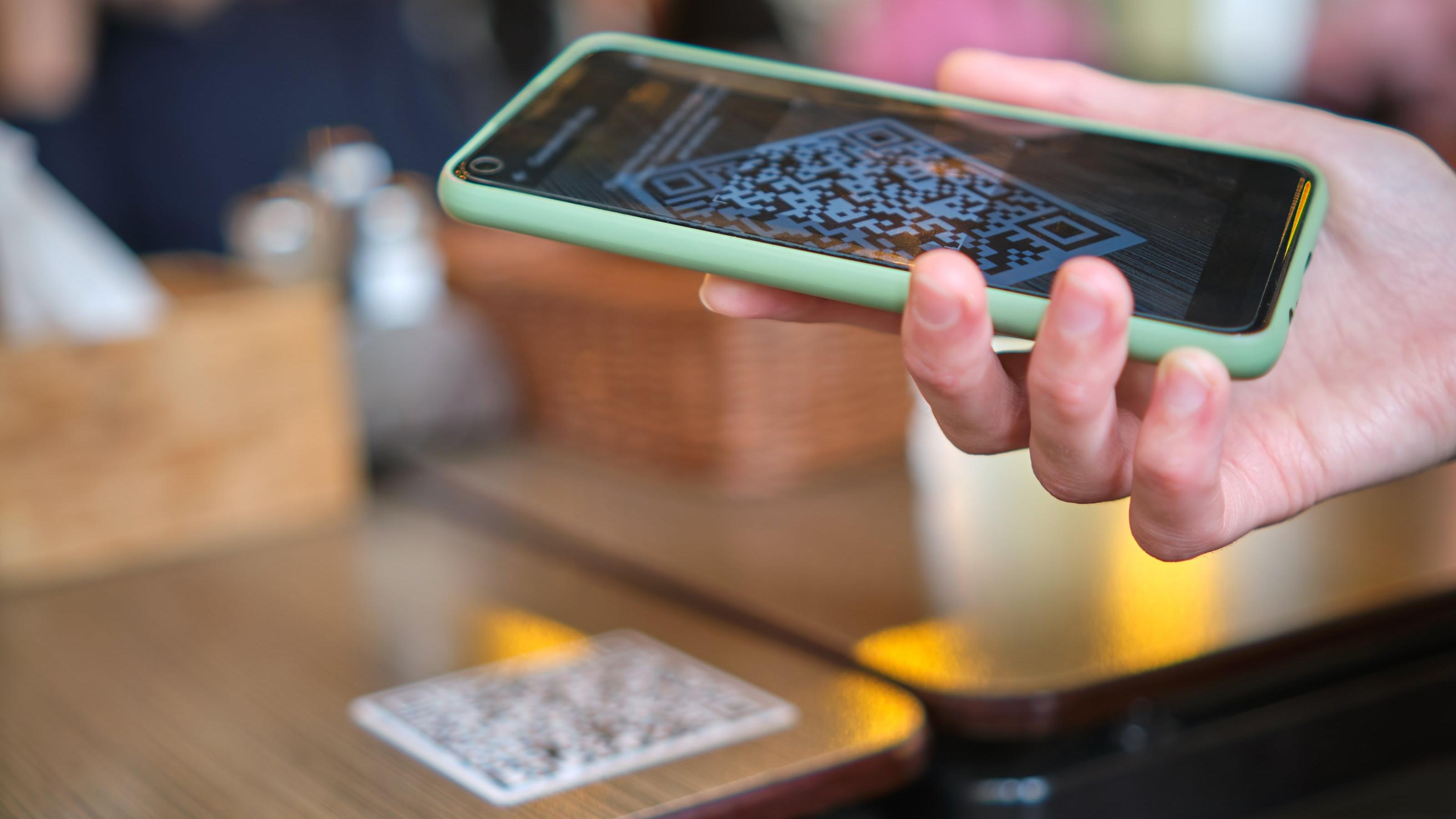QR Code Menus Are Here To Stay (And That's Okay)
Sure, there are some kinks to iron out, but QR codes make dining simpler.
For many years phones were seen as the enemy of the dining experience, and some would say that's still true. Our own managing editor, Marnie Shure, would prefer not to have her phone out at the table when dining out. But, with the rise of QR code menus at restaurants, having a phone out at the table might be a necessary evil.
Setting aside the qualms about food influencers and people in general turning the dining experience into a photoshoot, being able to scan a QR code and using your cell phone to pull up a menu is a convenience for both customers and restaurant owners.
The convenience of QR menus for customers
The main upside to QR code menus that made them so appealing to begin with came as a result of the pandemic. QR code menus offer a contactless way for people to browse a menu without having to touch a piece of paper that many others before them have touched.
Not having large paper menus taking up space on the table is another added convenience when dining out. You might argue that having phones out on the table takes up space as well, but in comparison, most phones are significantly smaller than a restaurant menu.
I also appreciate skipping that moment where you have to gather up all the menus and pass them to the server. Although it's not that big a deal, the whole interaction is usually just a bit clunky. Maybe someone accidentally knocks over a glass of water or the server has to lean over some people to gather up the menus. Either way it's nice to be able to skip that part.
And in some cases, QR menus allow you to pay your bill directly on your phone making it easier to split checks and not have to worry about flagging down a server when you're ready to leave.
The benefits of QR menus for restaurants
With QR codes, menu updates can happen a lot faster and for much cheaper than full reprints. Whether changes need to be made seasonally, because of a price change, or maybe an embarrassing typo, it's a lot more convenient to update a website or app than to have a hundred menus reprinted.
Also, QR code services like Beaconstac or MyMenu, offer additional features like displaying the menu in customers' preferred languages, allowing for ordering and payment to be made all through a smartphone, and switching from breakfast, lunch, and dinner menus depending on time of day.
And of course, digital menus also means a lot less paper wasted.
The cons of QR menus
As convenient as QR code menus can be, there are some logistical issues to take into account. For example, bad cell service might make it difficult for customers to access the menu via the QR code.
Restaurateurs should also take into account accessibility for those with disabilities and the elderly. For some, pulling up a menu on a smartphone might actually not be the most convenient option. Having QR codes doesn't mean restaurants need to do away with printed menus altogether. Instead, businesses should keep a small amount of printed menus on hand for when necessary.
Placement of the QR codes should also be taken into consideration. I once dined at a restaurant where the QR code was taped down onto the table, but the tape unfortunately blocked the code to the point where my phone could not read it. Takeout associate editor, Brianna Wellen, also mentioned a recent situation where she was given a QR code at a restaurant but used the piece of paper as a drink coaster. The paper became so wet that the QR code was illegible.
Although no adoption of technology is ever perfect, these small kinks can be ironed out pretty easily and still allow for a smooth dining experience.
